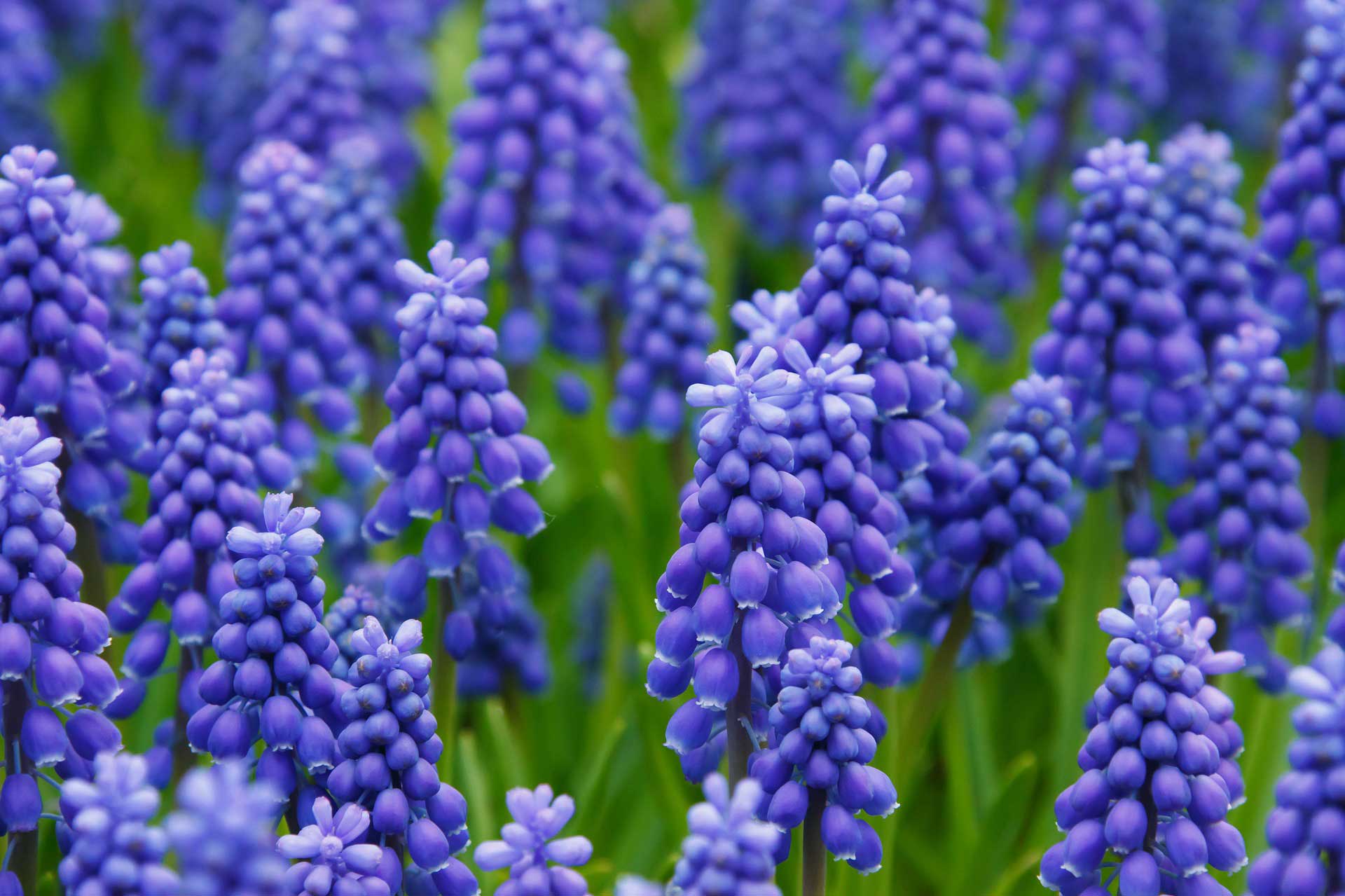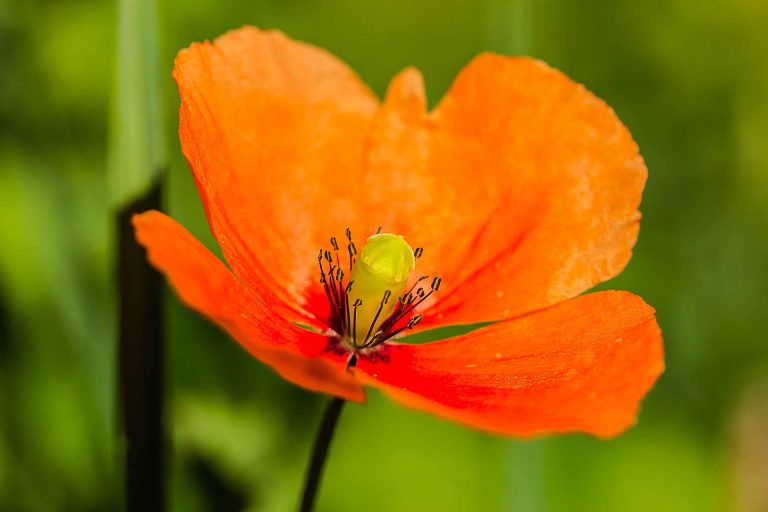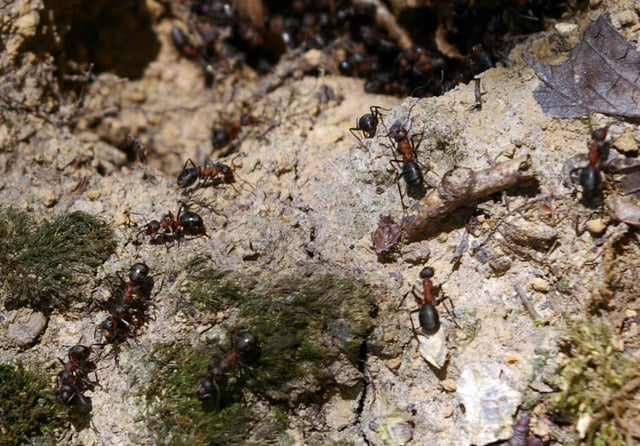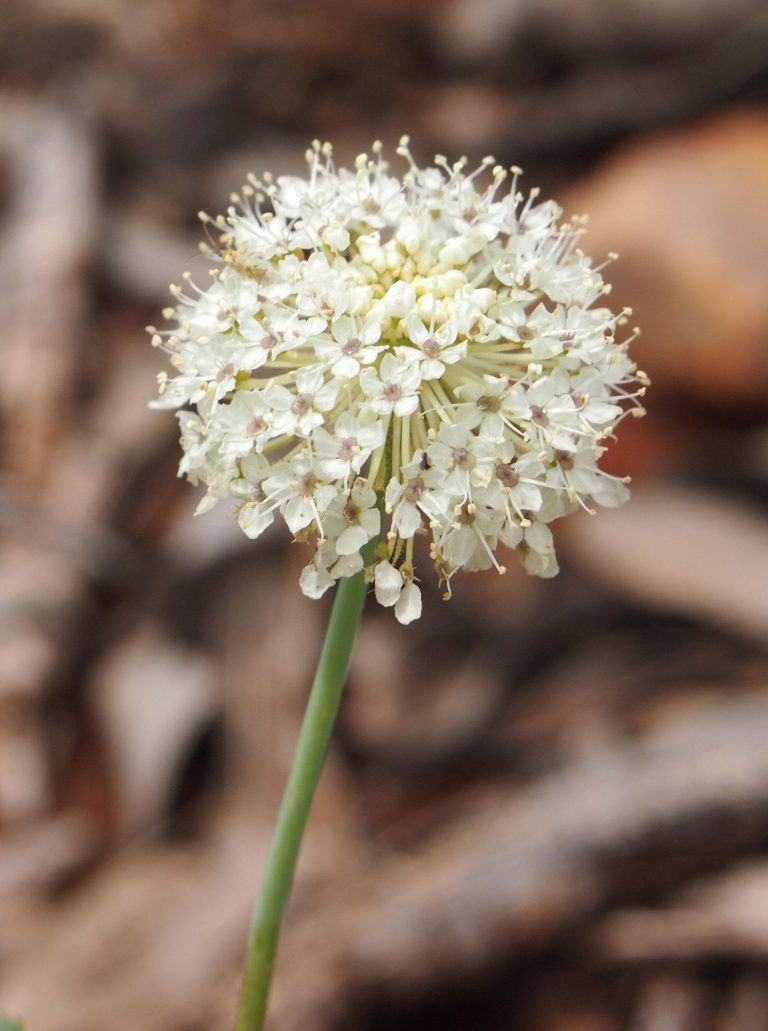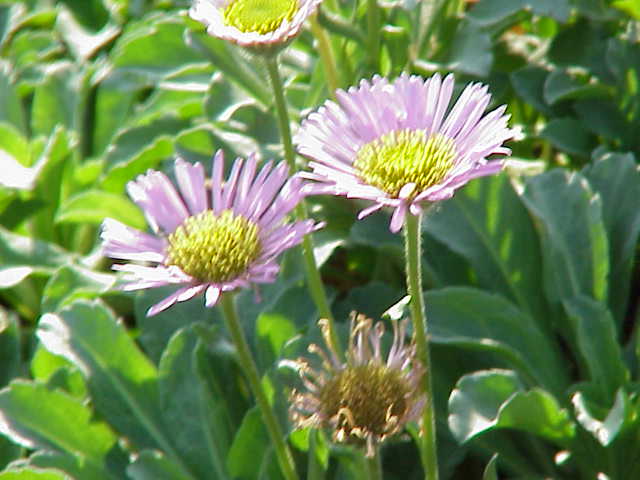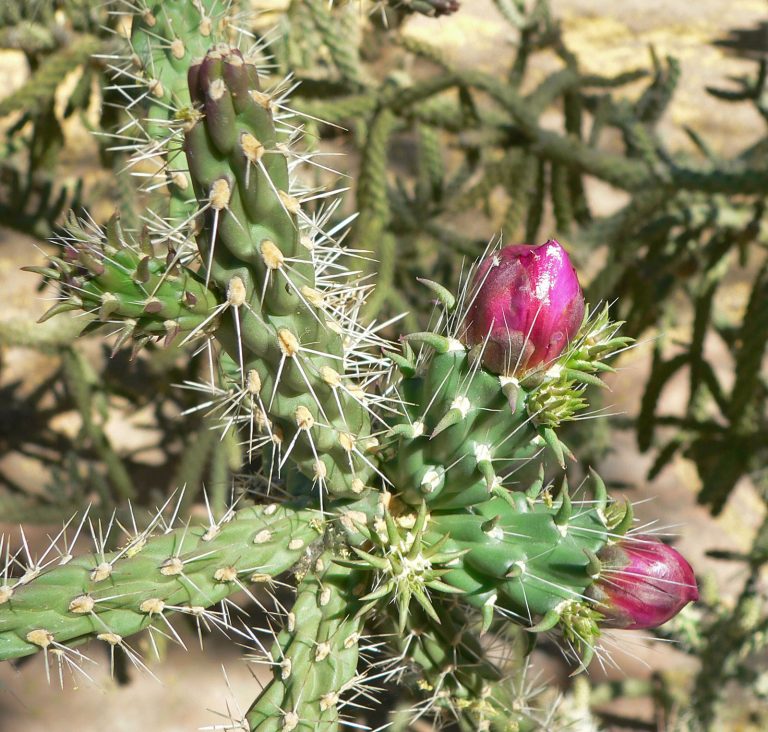Muscari – A Good Variety Used as Decorative Garden Plants
Scientific Classification
| Kingdom: | Plantae |
| (unranked): | Angiosperms |
| (unranked): | Monocots |
| Order: | Asparagales |
| Family: | Asparagaceae |
| Subfamily: | Scilloideae |
| Genus: | Muscari |
Muscari is a variety of bulbous perennial plants, originally inhabiting of Eurasia. They generate spiky densely packed flowers, normally colored blue in the shape of an urn similar to a bunch of grapes in spring. The normal name given for this genus is grape hyacinth (a name they use to indicate the genesis pseudomuscari and Leopoldia which was previously one among the Muscari. Bluebell and baby’s breath are the other names by they call these flowers though they use this name specifically for hyancinthoides and Gypsophila plants. A good variety of Muscari plants serve as decorative garden plants.
Anatomy
Grape hyacinth or Muscari are flowers with a heavy scent. They are tiny thrilling early bloomers of the spring and come very cheap. The greatest thing about them is that they flower for generations and live for years. Muscari plants multiply both by division and self seeding. Most of these varieties grows to heights of six to eight inches and generates spikes of the closed flowers similar to grape bunches, in bright white or blue colors. They retain their colors in the garden up to a month.
How to Cultivate Domestically
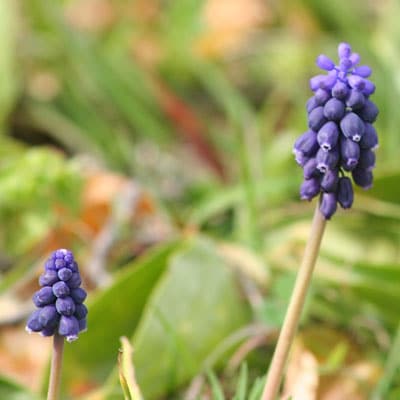
Photo by: Luis Nunes Alberto
Preparation for Planting
Muscari is a long-lasting plant that grows anywhere but favors moist and cool soil. All the more, like most other flower bulbs, Muscari prefer well-drained soil and do not like wet feet.
Muscari can adjust with bright sun, but grows well if planted in limited sunlight.
Muscaris are well suited for giving a natural appearance to an area, for this purpose map an area where you would like to grow your muscari and till that entire location to a depth of two to three inches and disperse the bulb for a natural look. If you like to space them evenly while planting, distribute them two to three inches apart even though this is not required.
Planting
- Make the soil in your garden loose and discard the stones and weeds from that location you have mapped.
- Make a hole about 10 cm deep and 30 cm wide for a cluster of bulbs (a thumb rule to this is to plant the bulbs to a depth of thrice their height).
- Position the bulbs in the hole in a group of ten or more, with its narrow part facing the sky. Group them 10cm apart.
- Fill the hole carefully with loose soil, taking care to cover the bulbs and watch out for spring to see your pretty blossoms.
Placement and Watering
Position your Muscari plant where fresh air and sunlight are available. After planting all your bulbs, thoroughly wet the area with water. Water is essential for growth and flowering.
Flowering Period
The Muscari flower grows very easily, and depending on the variety, their blooming varies from early to late spring. These pretty flowers vary in colors from white, purple to blue. They prosper as borders in rock gardens and as under plantings for daffodils, tulips and taller bulb plant plants that bloom in spring.
After Bloom Care
After keeping your plant in a warm spot you will observe flowers on the tiny stalks of the plant, within a span of two to three weeks. Maintain the soil moist but never soak it with water, and be certain that you drain the excess water properly out from the pot. It is possible to force the Muscari bulbs to flower, but only once. After the withering of flowers continue growing till all the leaves die a natural death. Nourish the bulbs one or two times with water-soluble houseplant fertilizer. Follow carefully, the instructions given on the package.
As Cut Flowers
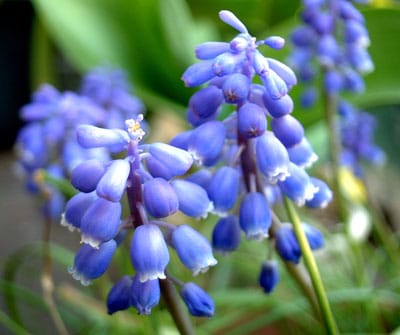
Photo by: Juni from Kyoto
Muscaris are all-purpose flowers, they are great in beds, under shrubs as borders, when planted in rock gardens as trees, and superb as cut flowers. You can also use them for indoor decorations.

Having discovered a fondness for insects while pursuing her degree in Biology, Randi Jones was quite bugged to know that people usually dismissed these little creatures as “creepy-crawlies”.

